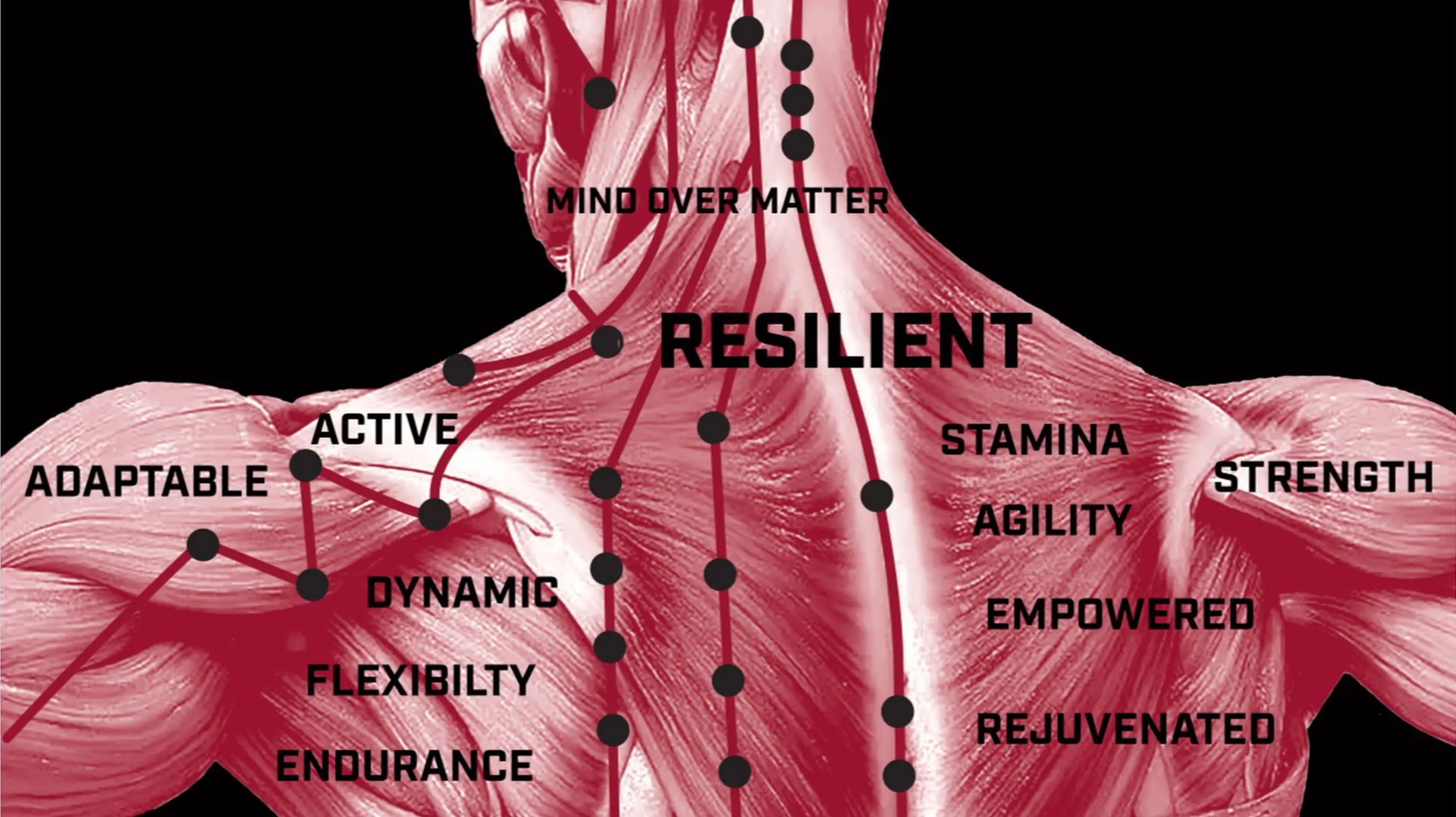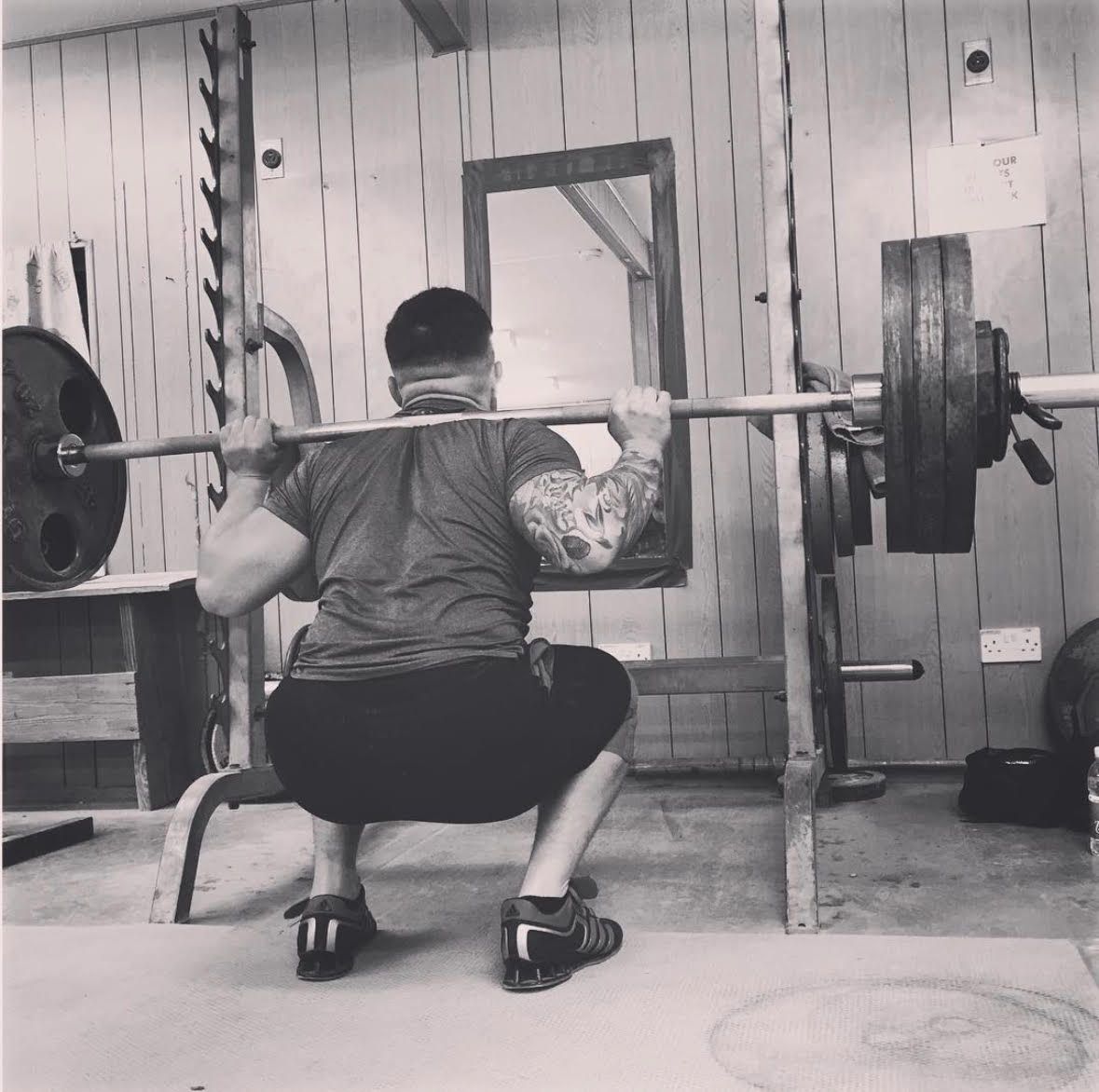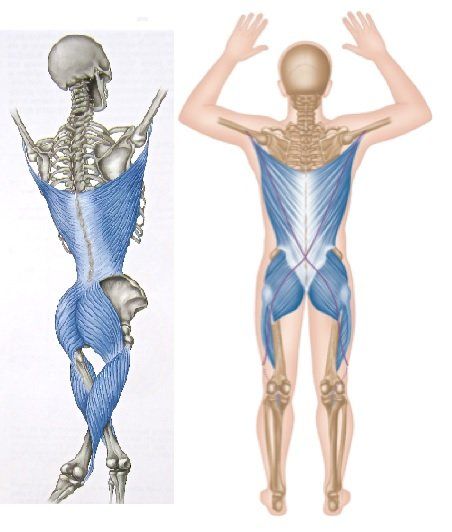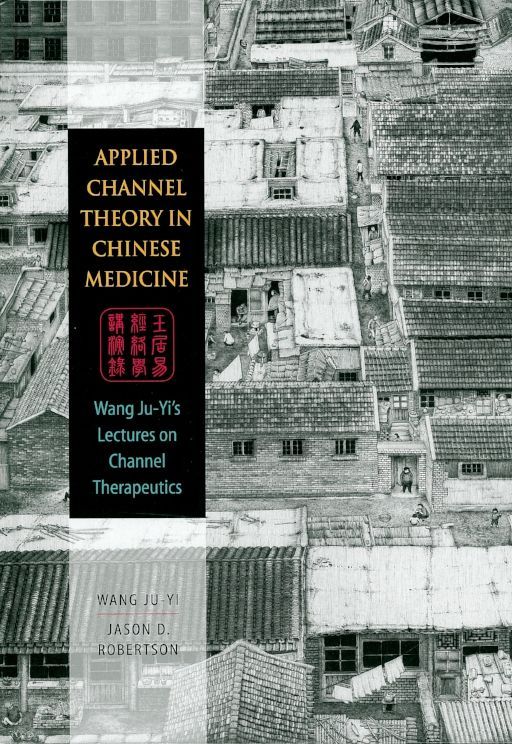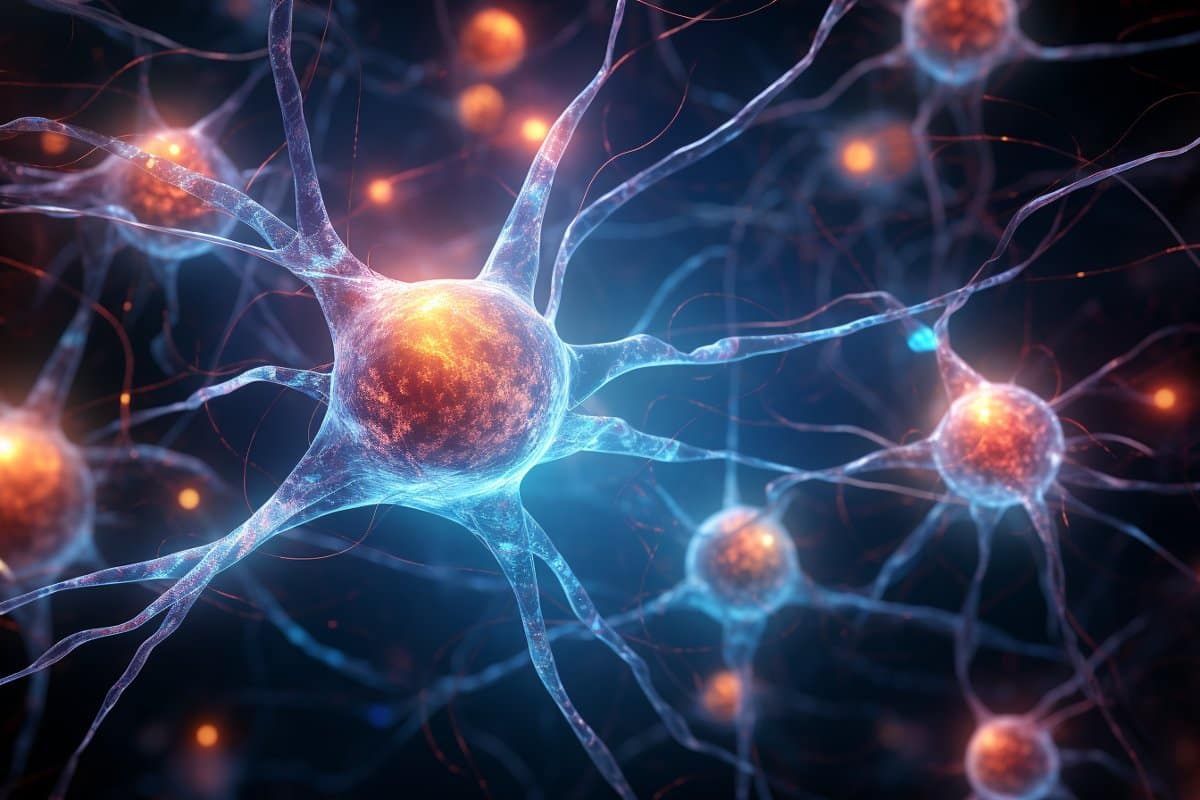Acupuncture for Sciatica
Struggling with sciatica pain? Discover how acupuncture could be the relief you've been searching for.
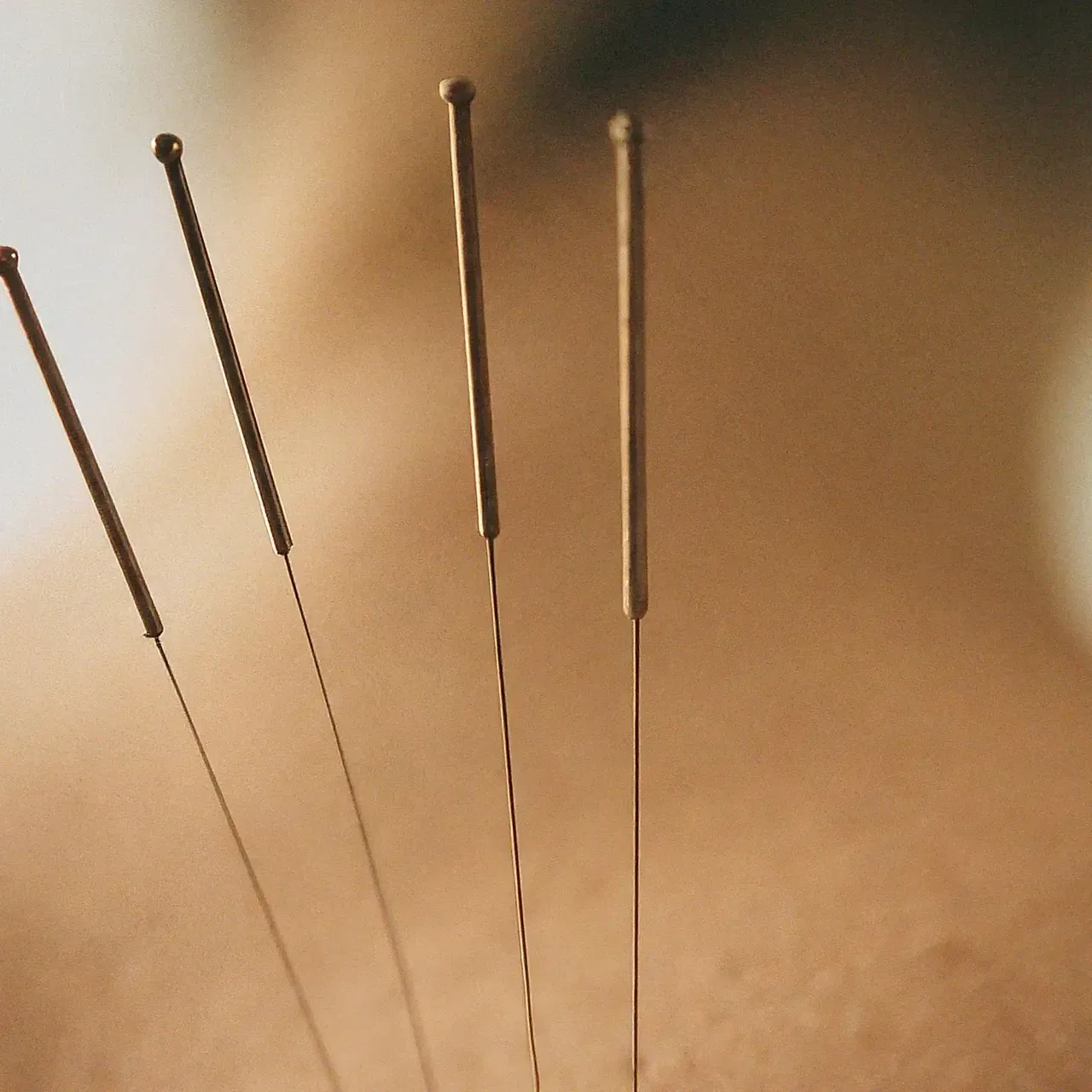
Understanding Sciatica
Sciatica is more than just a simple backache. It's a symptom of an underlying condition that results in pain radiating along the sciatic nerve, which runs from the lower back down through each leg. This type of pain can vary from a mild nuisance to a debilitating condition, influencing every aspect of daily life.
The root causes of sciatica can include herniated discs, spinal stenosis, or piriformis syndrome, among others. Recognizing the impact of these conditions on the sciatic nerve is crucial for identifying the most effective treatments.
How Does Acupuncture Help With Sciatica?
Acupuncture, a key component of traditional Chinese medicine, involves inserting thin needles into specific points on the body. This process is believed to stimulate the nervous system, releasing chemicals that promote pain relief and healing.
For those with sciatica, acupuncture targets areas that influence the sciatic nerve, aiming to reduce inflammation, ease muscle tension, and improve circulation. It's a method that looks beyond the symptoms, focusing on restoring the body's balance and natural flow of energy.
What to Expect During Your First Acupuncture Session
First-time visitors often arrive with a mix of curiosity and caution. Initially, your acupuncturist will discuss your health history and specific symptoms to tailor the treatment to your needs. The insertion of needles, while a focal point of the session, causes minimal discomfort.
Frequency and Number of Sessions Needed
The path to relief from sciatica varies among individuals. Typically, a course of treatment involves several sessions, with the initial phase focused on more frequent visits that may gradually decrease as symptoms improve.
It's not uncommon for improvements to be noticed after just a few sessions, but long-term relief often requires a sustained treatment plan. Regular communication with your acupuncturist will ensure that the approach is adjusted based on your progress.
Potential Risks and Side Effects
Acupuncture is widely recognized as a safe practice when performed by a qualified practitioner. However, as with any treatment, there are potential risks including minor bruising, soreness, or occasional light-headedness post-treatment.
Other Treatments for Sciatica to Consider
While acupuncture offers a valuable approach to managing sciatica, it's one of several treatment options. Physical therapy, exercise, and sometimes medication also play critical roles in a comprehensive sciatica treatment plan.
Each person's journey to relief is unique, with the best outcomes often resulting from a combination of therapies tailored to their specific needs.
Maximizing the Benefits of Acupuncture for Sciatica
To enhance the effectiveness of acupuncture, patients are encouraged to adopt a holistic approach to health. This might include nutritional adjustments, incorporating gentle exercise routines, and practicing stress-reduction techniques alongside regular acupuncture sessions.
Engaging fully with the treatment process, maintaining open communication with your acupuncturist, and staying proactive about complementary lifestyle changes can significantly amplify the benefits of acupuncture for sciatica.
A Holistic Path to Sciatica Relief
Embracing acupuncture as a complementary approach to sciatica relief not only aligns with holistic health principles but also opens the door to a more balanced and pain-free life. It's a journey towards wellness that honors the body's natural healing abilities.
